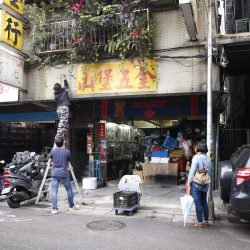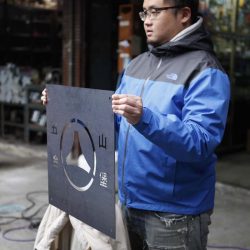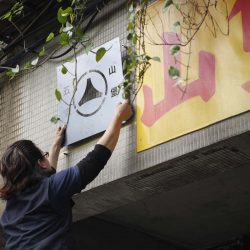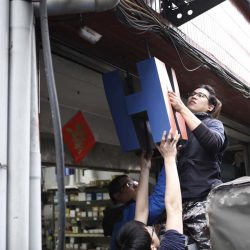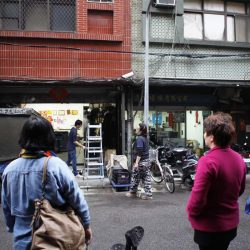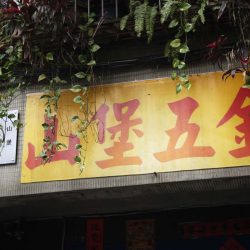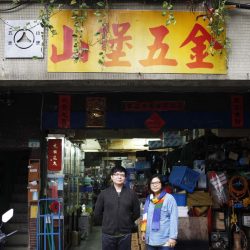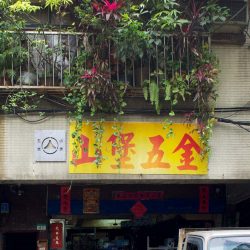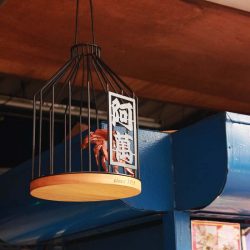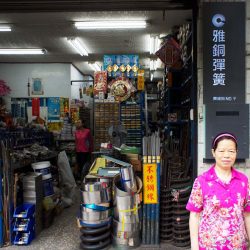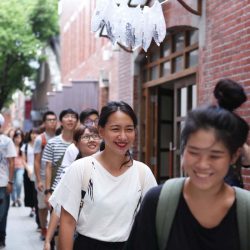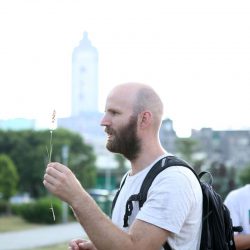TAIPEI ISSUUUUE, AN EXHIBITION CURATED BY AGUA CHOU OF TAIPEI-BASED STUDIO AGUA DESIGN, WILL SHOWCASE THE RESULTS OF SEVERAL WORLD DESIGN CAPITAL® (WDC) TAIPEI 2016 PROJECTS EXPLORING THE IMPACT OF TAIPEI CITY PUBLIC PLANNING AND DESIGN POLICIES. ART4D SPOKE WITH CHOU TO LEARN MORE ABOUT THE EXHIBITION AND WAYS IN WHICH THE PROGRAMMING PAVES A NEW PATH FOR CITY PLANNING WHERE PUBLIC PARTICIPATION TAKES GREATER PRECEDENCE.
What are some of the urban challenges specific to Taipei that you saw being addressed within Taipei Issuuuue?
Agua Chou: I am a designer from Taipei, and the curator of the exhibition Taipei Issuuuue. As a designer, what I care about is how to create long-lasting value through design.
The urban issues facing Taipei are not just single issues like public security, hygiene, or transportation. Citizens of Taipei already have a good quality of life in many regards. The real problem is that there isn’t any consensus about how to invest in urban development, and there aren’t any effective communication channels between the government and the public.

Basurama and City Yeast, Image © WDC Taipei
In this city of 2.7 million residents, aside from the need to establish a channel for communication in order to build consensus, if we look at the process, we often put a lot of effort into things without properly considering the target or the method, and we rarely consider the core value. Lacking this “strategic thinking” means that the result is that we usually achieve half of the expected outcome with double the effort. “Integrated thinking” is also missing in Taipei, so every time we start a new endeavor, we start from the very beginning. This is inefficient and time consuming. The positive impact of “design thinking” is something which Taipei citizens truly need. In the Taipei Issuuuue exhibition, we hope we can clarify the direction of urban development by establishing communication channels and strategic thinking.
Taipei Issuuuue is an exhibition that aims to motivate every one of us to invest in our city, and realize that the city is breathing and growing. We hope that design thinking will be brought into the very heart of Taipei’s development, and that people can see that value of design thinking in action.

Basurama and City Yeast, Image © WDC Taipei
In your opinion, how integral is public participation in addressing these challenges and what are the ways in which Taipei Issuuuue brings about that connection?
AC: Urban issues are closely connected to the attitudes and thoughts of the citizens and the political direction of the government. World Design Capital Taipei 2016 is like a design revolution of the mind. Six International Open Call projects proposed to tackle big issues like the circular economy, aging society, food issues like safety and changing trends, reformation of park spaces, and using Taiwan’s civic power to connect with the world.

Basurama and City Yeast, Image © WDC Taipei
Citizens, businesses, educational groups, governmental institutions, and international teams have all participated in finding solutions to these issues together, which is a whole new experience for both the Taipei City Government and its citizens. It has also changed the process of development for the future through citizen participation and experimentation. This is now a prototype which can be implemented, and it helps to reduce the risks of construction, delivers new concepts, and helps to develop new policy systems and products. Furthermore this new system helps to uncover the most appropriate direction of development, which is a change from the previous contract-based system. Municipal administration staff are also citizens, and it is even more important for them to participate.

Basurama and City Yeast, Image © WDC Taipei
Taipei Issuuuue is a means to expand upon the context and thinking behind these issues, and to spark citizens determination to use their influence to effect change and create an urban revolution. We are now at the stage where we have found the core values and starting point of the design, and we have begun to communicate about it, however, there are still many more stages ahead of us.

Basurama and City Yeast, Image © WDC Taipei
Many WDC Taipei 2016 projects have been running since 2013, such as the Taipei Design, Action!, Taipei City Government Design Thinking Workshops, Designers on Campus, Small Shop Signboard Manufacturer, and Urban Landscape Planning projects, which aim to make citizens use design thinking more intuitively and create long-lasting collaborations. The Taipei you see today is already very different from the Taipei of five years ago. It has been a period of continuous transformation, and we are still going.

Basurama and City Yeast, Image © WDC Taipei
Could you please introduce a few works from the International Open Call that you found to be particularly successful or of interest?
AC: Each project is quite interesting. I am especially interested in subjects that invest lots of imagination into daily life. For example, I like projects that try to change rigid thinking patterns and open people’s minds to new possibilities, such as the innovation of traditional wheel cakes, a street food commonly found in Taipei, by Alice Wang as part of the Street Food Revolution. Also our own City Yeast project with Basurama to re-create the urban parks, tried to overturn the public myth about security brought about by public park safety rules, create a new prototype which was different from the standard play equipment, and achieve new play equipment and systems management by connecting with policy formulation.

Small Shop Signboard Manufacturer, Organized by Agua Design, Image © WDC Taipei
CxCity connects the power of civic communities. They hope the world can learn about Taipei, and started a world tour. With the cooperation of over 37 societies and the passion of hundreds of people, they proposed a redesign of all everyday items you would find in a citizen’s wallet, including the ID card, passport, train tickets, and banknotes. They wanted to encourage change. I am personally a huge fan of “collective creative experiences.”
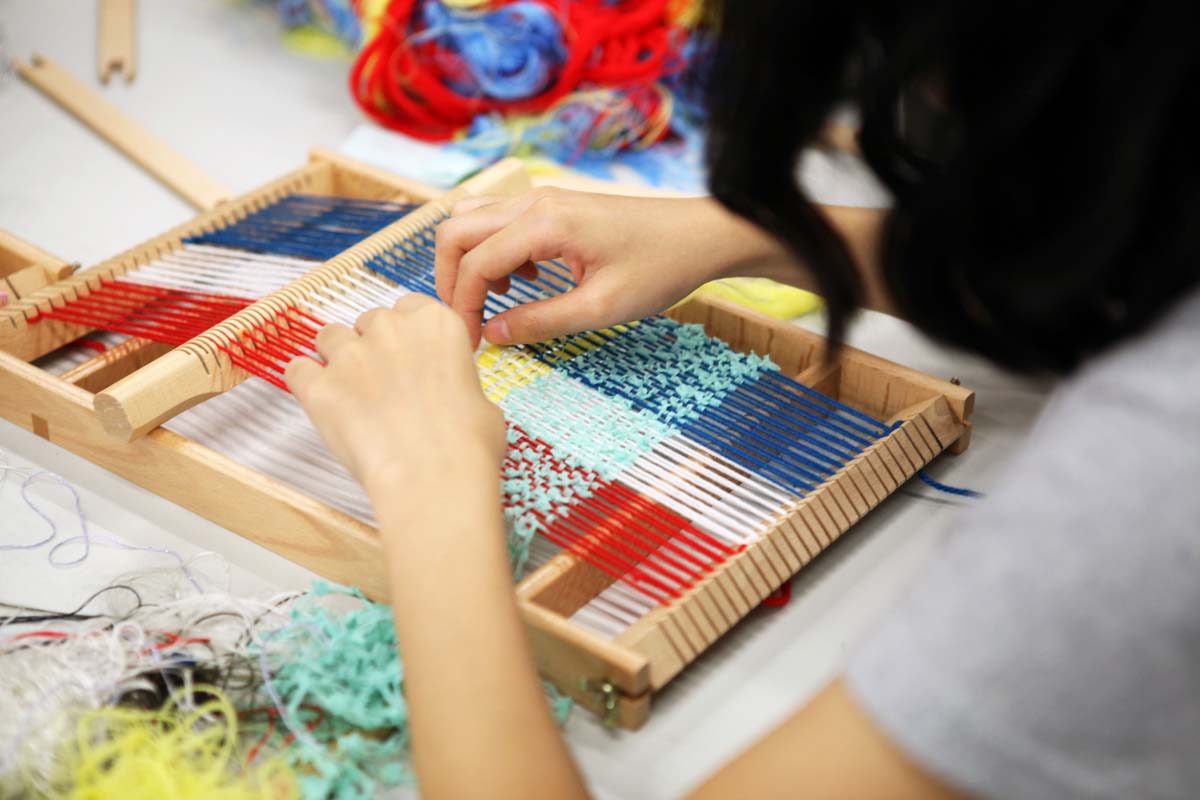
WDC Taipei Designer in Residence Program, Image © WDC Taipei
Could you introduce the Designer in Residence and the results of the program?
AC: This year, the Designer in Residence program invited designers from the Netherlands, England, Germany, Spain, Japan, and Israel, as designers from Taiwan also set off abroad in exchange. Themed around “Publicity,” the series of design experiments included green urban spaces, exercise and health, sustainable development, and animal ethics. These projects are not only a chance for the designers to observe an unfamiliar place, but more importantly help to increase positive dialogues and exchanges between cities, designers and citizens. The designers shared their personal perceptions and interpretations of Taipei, such as the interactions between people and plants, or the sustainability thinking among people and objects. The impact will continue into the future—it is not possible to pinpoint a single result, but as I mentioned earlier, the issues and investment in solutions will mature. For example, for Forest Bathing in Taipei, two Dutch designers, Vincent Wittenberg and Bennie Meek, allowed us to see the green ecology in Taipei through a designers’ eyes. Bennie and Vincent’s project has not finished with the end of their residency—it’s moving forward in Taipei with support from the Dutch institute. Also, the Emotional Mapping of Taipei from Viviana Narotzky records the emotional connections of citizens in Taipei to their city, which stimulates new thoughts and enhances communication between the urban landscape and people, which is indispensable for the future development of Taipei.
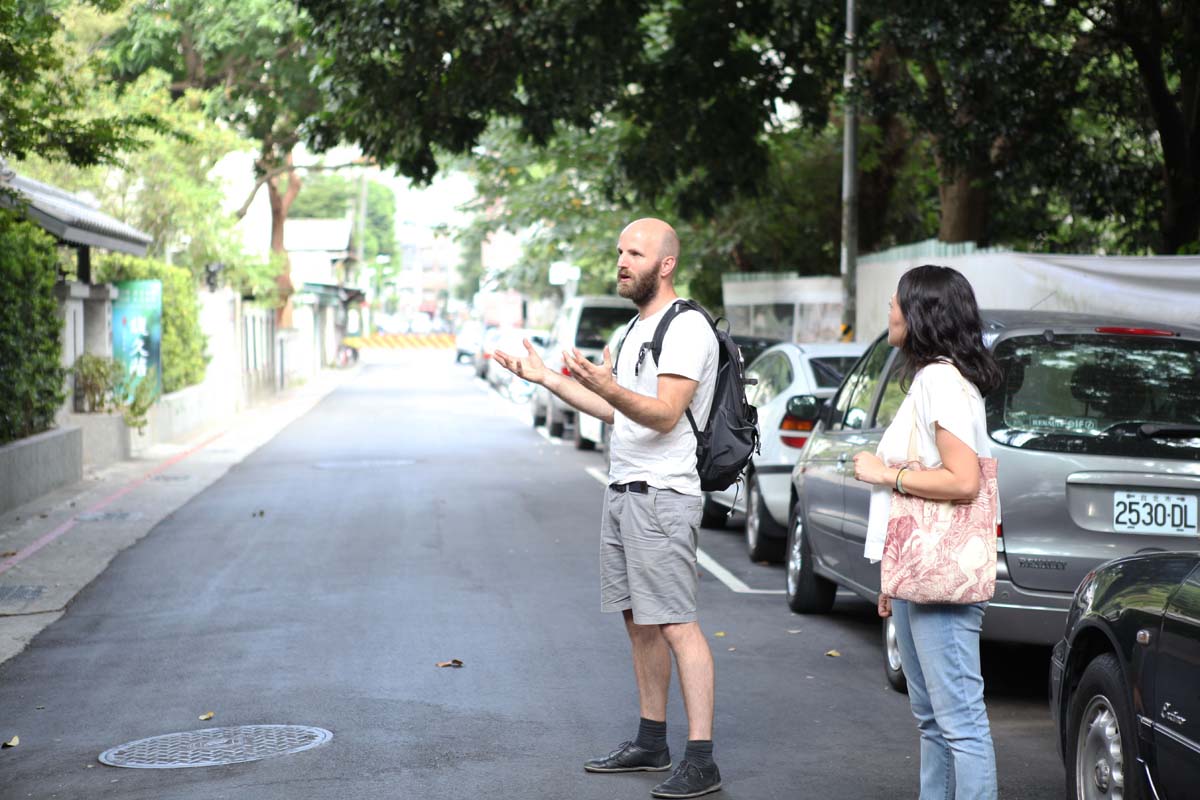
WDC Taipei Designer in Residence Program, Image © WDC Taipei
I understand that the venue will also be host to several workshops during the exhibition – could you introduce the additional programming?
AC: We are holding various lectures and workshops to introduce the contents of the exhibition at a deeper level. These will include workshops about citizens and environmental data, DIY spatial activation by Spanish designers, board games for health promotion, regeneration, the final phases of life for the elderly, and cross-cultural care interactions. Many different themes will be addressed and we welcome everyone’s participation.
Future plans? Following the exhibition, what’s next for Taipei Issuuuue?
AC: We have plenty of plans, which all have to do with urban innovation. Making people love their place of residence has always been our motivation. Taipei Issuuuue encourages thinking of an integrated strategy for long-term investment, so the next step is that we hope all walks of life in the city could see great improvements, by establishing a connection between creativity and urban development and starting to break through limits of imagination in public infrastructures.
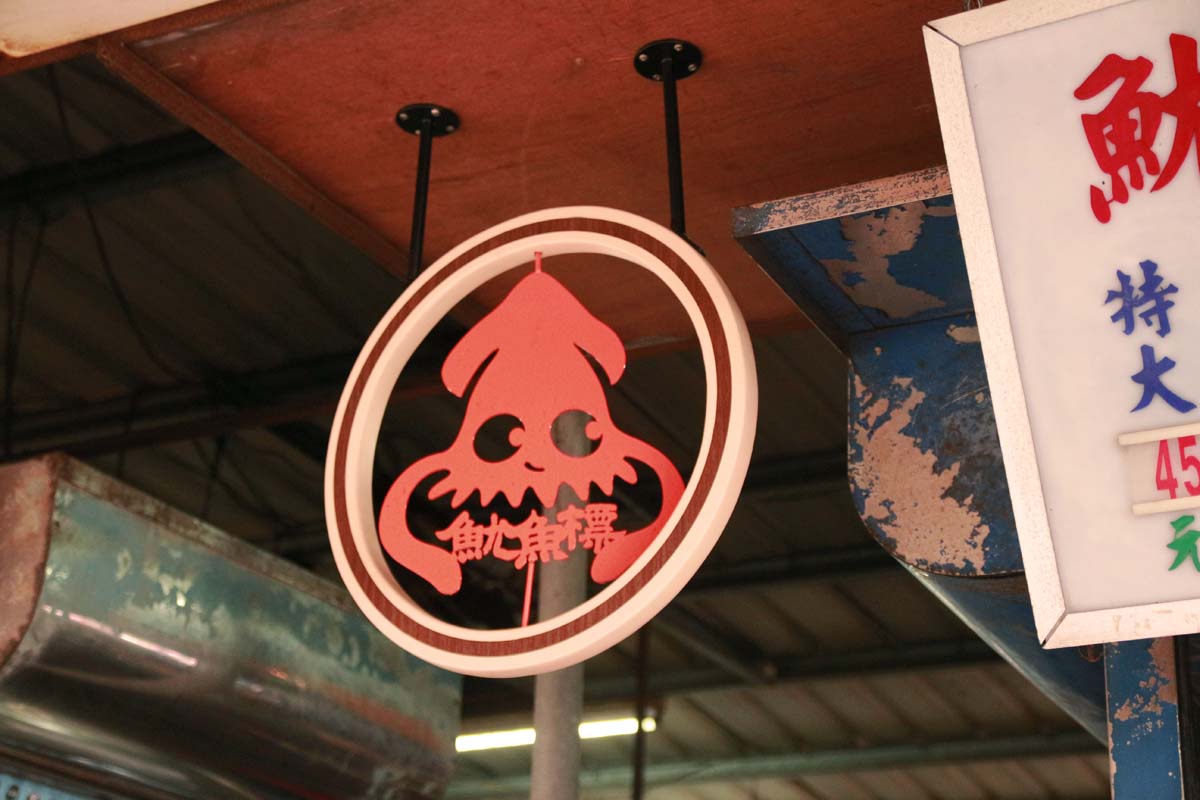
Small Shop Signboard Manufacturer, Organized by Agua Design, Image © WDC Taipei

 WDC Taipei Designer in Residence Program, Image © WDC Taipei
WDC Taipei Designer in Residence Program, Image © WDC Taipei 